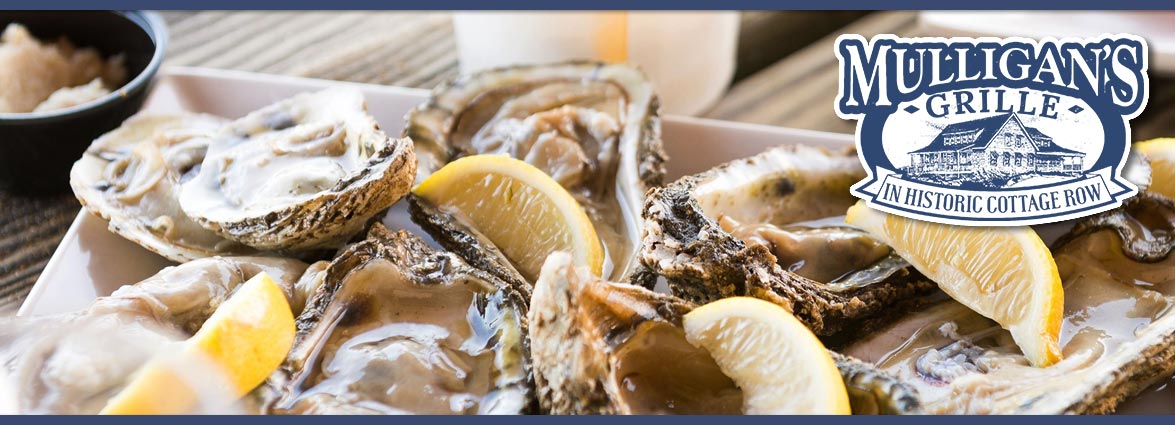
He recruited an Irish engineer to build the first steam-powered cane crushing mill in the area, an innovation that could produce four times the power compared to water-powered mills. At the time, Florida was experiencing a rush of people hoping to make fortunes by growing sugarcane for rum.ĭummett named the plantation “Carrikfergus” and established the largest sugar processing plant south of St. The plantation swapped owners from 1804 to 1825, when Colonel Thomas Dummett, a British Marine officer, bought the land and the 200 slaves working there. Some say the site is haunted by active spirits, but the eerie structures remains silent relics of the area’s troubled past.

The ruins of the mill are a large, irregular wall made from brick and coquina (a native limestone formed from broken shells) with twin chimneys. Today, little remains of the plantation, which was burned to the ground during the Second Seminole War. Built in 1825, it was the site of the first steam-powered cane crushing mill, helping bring the Industrial Revolution to the growing United States.

In its heyday, the Dummett plantation harvested some 2,000 acres of sugarcane to be distilled into rum.


 0 kommentar(er)
0 kommentar(er)
